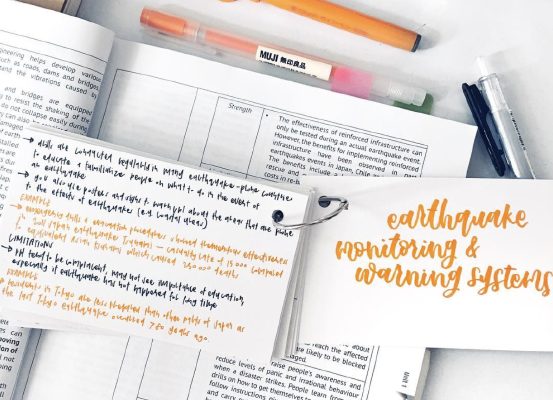Spaced repetition

🖤
I have repeatedly experienced the effect when you learn something for a long time, practically overload yourself with information, go to bed, and after a while, being sure that you do not remember anything, you open the material and find out with surprise that there is something that you already know very well. And if you look back at the material in a couple of weeks or even months, then you can freely retell it from memory. Sound familiar? I was wondering what it was and I decided to figure out.
At first, it seemed to me that only I was so special, but of course not. This is not me - special, but spaced repetition effect. Without knowing it, I felt its properties on myself and now I will tell you how to manage it.
By the way, when we learn a lot of new information, it often seems that our brain is not able to remember all the material, we give up and stop learning anything. Don’t stop studying! All you are missing is a little patience to wait and feel the Spaced Repetition effect.
The brain is a muscle
Our brain is a muscle _ (surprise!) _ And like any muscle, it needs training. Spaced repetition is the same type of interval exercise that we use when we go to the gym. And even those of us who bought a season ticket in January and put it on the shelf a week later should understand what I’m talking about.
Our brain has its counterpart to interval exercise, which is spaced repetition. Since the keyword here is repetition, you should understand that the learning process, when you learn everything in one night and then burn the textbooks, cannot be applied here. Spaced Repetition is primarily suitable for those who study a foreign language because it is designed to memorize large amounts of information.
Next, I am quoting Pierce J. Howard, author of The Owner’s Manual for the Brain:
“Work involving higher mental functions, such as analysis and synthesis, needs to be spaced out to allow new neural connections to solidify. New learning drives out old learning when insufficient time intervenes.”
It’s not surprising that a couple of paragraphs ago I wondered why our brains need time to form new neural connections. Amazing? No.
Some people compare this to how to build a building: you put bricks and give them time to connect a little, rather than build everything in one moment.
What is Spaced Repetition?
From theory to practice. (We’re not in neuroscience lesson here).
The Spaced Repetition method is that the information we learn is repeated at certain increasing intervals. It is very important that every next time you turn to information, you practically (but not completely!) forget it.
Naturally, you have no control over when you forget something, so now I will tell you about the Box Method for those who love handicraft and apps.
Box Method
For every word/concept/date/or what you need to learn draw/write a flashcard. Create 5 boxes with names:
- Every day
- Any other day of the week
- Once a week
- Every two weeks
- Before the exam / Six months later / Any distant date
First, all your cards are in box # 1, after a couple of days they move to box # 2, after a week in box # 3.
If, when repeating cards at any stage, you do not know the answer, that card is moved back to box # 1. This allows you to repeat only those words/concepts on which you continue to be mistaken, and words/concepts that you already know well - gradually go into distant boxes.
Just download app!
For those of my readers who have read the How to memorize better post and know the Anki application, I will say that Anki is great for interval learning. You can customize Decks and create cards there.
If you find Anki difficult for yourself or you don’t like the interface, I recommend: Tynicards and Quizlet.
Note: I have not used these applications, but if you find them interesting, I would love to hear feedback.
Finally, I would like to say that I continue to practice in my memorization the Self-Reference effect from the last post and it works very well.
I will share with you soon how I organize my learning. Au revoir! 💛